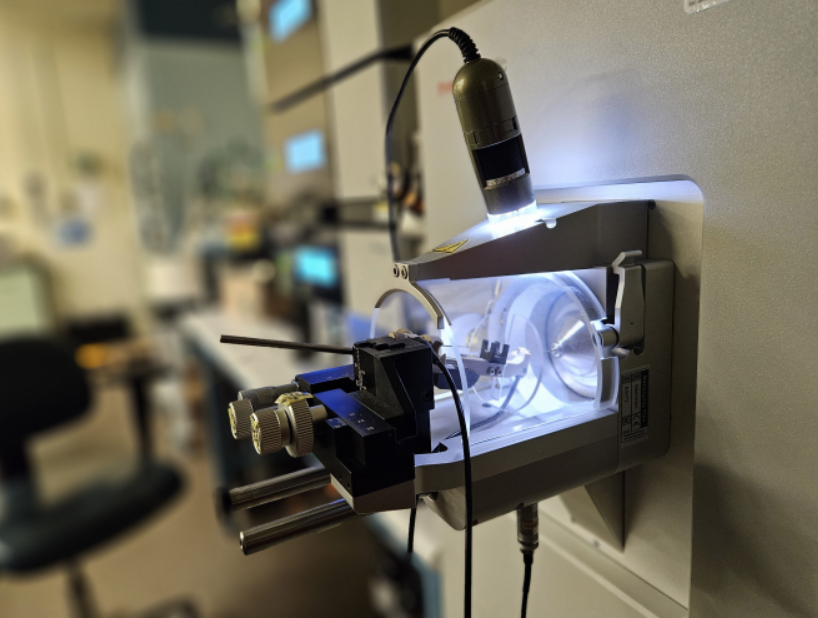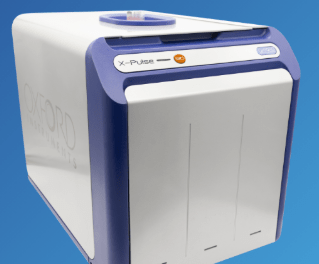Researchers develop computational approach to predict mass spectra for unknown psychoactive substances and their metabolites.
Researchers have developed a new database that uses computer modeling to predict the chemical structures and mass spectra of designer drugs, potentially helping clinical laboratories detect previously unknown psychoactive substances in urine samples.
The Drugs of Abuse Metabolite Database (DAMD) contains nearly 20,000 predicted chemical structures and corresponding mass-spectral fingerprints for possible metabolites of known illicit drugs. The research team, led by the National Institute of Standards and Technology (NIST), presented their findings at the American Chemical Society Fall 2025 meeting.
“This library of computationally generated metabolic signatures and mass spectra…could lead to more thorough detection of new psychoactive substances and more accurate surveillance of designer drug usage,” says Jason Liang, lead researcher and rising senior at Montgomery Blair High School, in a release.
Addressing Detection Challenges
The database addresses a persistent challenge in clinical toxicology: how to identify substances that have never been measured before. Designer drugs are created to replicate the effects of known illicit drugs while evading detection through chemical structure variations. When laboratories screen urine samples using mass spectrometry, they compare spectra from molecules in the sample to catalogs of known drugs and metabolites. New psychoactive substances typically lack matches in existing databases.
“It’s a bit of a chicken and the egg problem,” says Tytus Mak, a statistician and data scientist with the mass spectrometry center at NIST and Liang’s mentor, in a release. “How do you know what this new drug is if you’ve never measured it, and how do you measure it if you don’t know what you’re looking for? Using a computational prediction methodology could help us find a solution.”
Building the Database
The research team started with the mass-spectral database maintained by the US Drug Enforcement Administration-chaired Scientific Working Group for the Analysis of Seized Drugs (SWGDRUG), which provides reliable mass spectra for more than 2,000 drugs confiscated by law enforcement.
Using computational approaches, the researchers predicted chemical structures for possible metabolites of SWGDRUG substances. They supplied the chemical structure SMILES representation of each drug compound to BioTransformer software to generate a list of 19,886 candidate drug metabolites. The team then used CFM-ID to create synthetic tandem mass spectra for these candidates at multiple collision energies, resulting in 59,658 theoretical spectra.
Validation Process
The team is currently validating their predicted mass spectra by matching them to real spectra from datasets of human urine analyses. These datasets catalog spectra from all detectable substances found in human urine samples.
Finding a match, or something close to a match, in these datasets “tells us if the chemical structures and spectra our algorithms are producing are plausible,” says Hani Habra, former NIST postdoc and current bioinformatician at Michigan State University, in a release.
Clinical Applications
DAMD could eventually serve as a publicly available supplement to current illicit drug mass-spectral databases, making it easier for clinical laboratories to detect and identify evidence of drug use in human urine samples. One primary application would be helping physicians develop appropriate treatment plans.
“Someone could have ingested a substance that, unbeknownst to them, was cut with a fentanyl derivative,” says Mak in a release. “Using DAMD, a doctor could see metabolites from the person’s toxicological report that are strong candidates for a fentanyl-like drug and inform their treatment plan.”
The research was funded by the National Institute of Standards and Technology. The team plans to compare already-collected, real-world data to DAMD as a proof-of-concept for forensic toxicology applications.
Photo caption: Mass spectrometer instruments can help detect known, illicit drugs in human urine.
Photo credit: Tytus Mak




